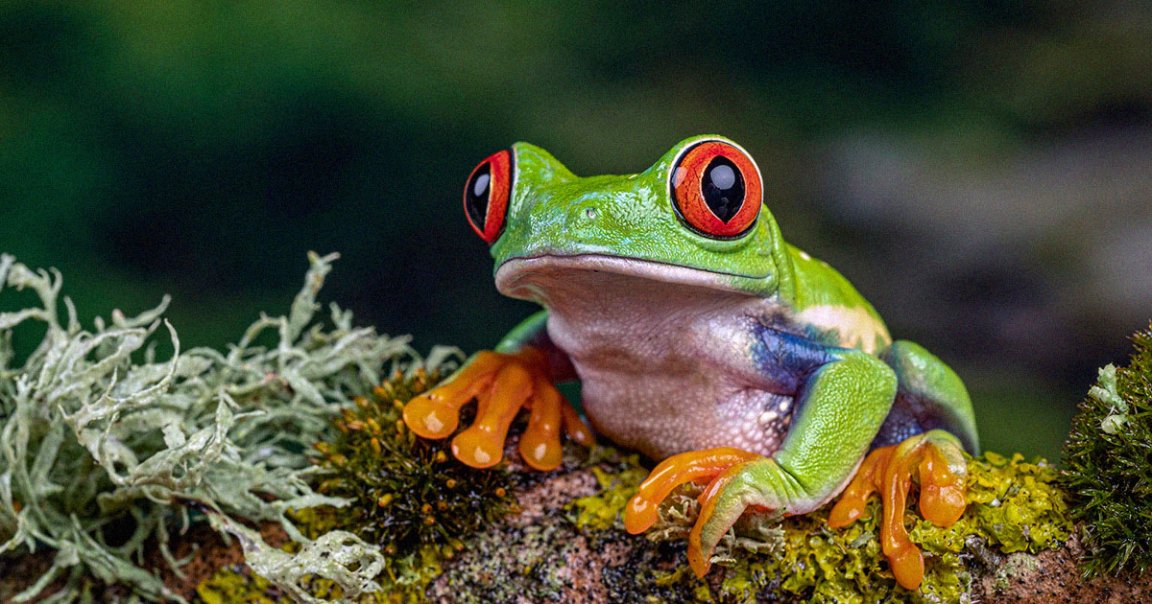
The Last Ribbit
Frogs, toads, salamanders, and thousands of other amphibians are under increasing threat of extinction, with populations in alarming decline amidst climate change and environmental destruction.
Such were the findings of a new study, published in the journal Nature, which reports that 41 percent of amphibian species worldwide — or nearly 2,900 — are “globally threatened,” meaning that they are either vulnerable, endangered, or critically endangered.
That’s a three percent uptick since 1980, a climb that isn’t likely to slow down.
The researchers analyzed data from one of the most comprehensive surveys of amphibian health to date, the Global Amphibian Assessment, encompassing more than 8,000 species. The survey reaffirms scientists’ conclusion that amphibians are the most threatened class of vertebrates in the world.
“To survive in the face of this rapidly changing climate here on Earth, amphibians must adapt to these changes or move elsewhere,” study lead author Kelsey Neam at the environmental group Re:wild told NBC News.
“In many of these cases, changes are happening too quickly for them to adapt, and habitat fragmentation is creating barriers that make moving around extremely challenging,” she added.
Dual Threat
Amphibians’ trademark permeable skin may let them breathe on land or sea, but it also leaves them vulnerable to dehydration in the face of higher temperatures, as well as the absorption of pollutants.
Furthermore, their dependency on both aquatic and terrestrial environments means they’re doubly hard-hit by habitat loss and disruptions, “such as storms and floods and droughts,” and climate shifts like “changes in moisture, changes in temperatures, sea level rise, fires,” Neam explained at a press conference, as quoted by NBC.
Climate change is only one culprit, although it is undoubtedly exacerbating some of the others. The biggest threat remains agriculture, which is estimated to affect over three quarters of all impacted species, the study found, and is the biggest driver of habitat destruction.
Another big amphibian annihilator is a rapidly spreading skin disease called chytridiomycosis that interferes with breathing and hydration. Frogs are especially hard hit, and climate change is only making its effects worse.
“Modern climate change really works synergistically with diseases and in ways that it stresses frogs and makes them more vulnerable to these pathogens,” explained co-author of the Nature study Patricia Burrowes, a biologist at the University of Puerto Rico, to NBC.
Things have gotten so dire that frog experts are now becoming nostalgic about the “good ol’ days,” as Adam Leaché, a biologist at the University of Washington, told the news outlet.
“It’s reminiscing about better times when species were around, and now they’re not here anymore,” he said.
More on the environment: Scientists Find Microplastics in Cave Sealed Off From All Humans